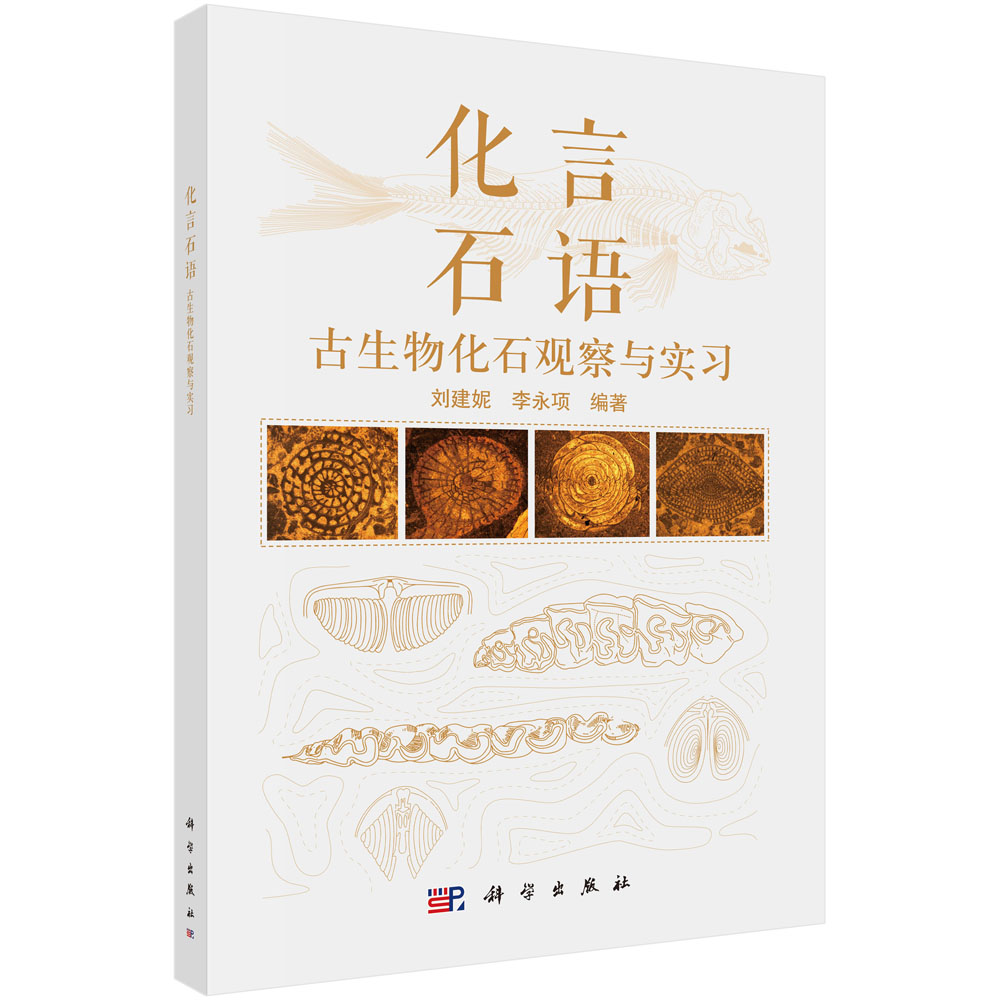全部商品分类










本书英文书名:Promotion of Rubberwood Processing Technology in the Asian-Pacific region中国橡胶木年产量25余万m^3,主要用于家具制作,部分产品出口。中国木材短缺,橡胶木的合理利用可以缓解国内木材的供求紧张状况。但因为橡胶木容易腐朽、变色、虫蛀,严重影响其使用价值。本书介绍了中国及东南亚各国橡胶树种植及橡胶木的生产状况、橡胶木材质及加工性能、菌虫发生发展规律等。较系统介绍了最新的环保节能的防腐、干燥、锯解技术有重要的学术价值。
样章试读
- 暂时还没有任何用户评论
全部咨询(共0条问答)
- 暂时还没有任何用户咨询内容